The best cheap lenses in 2025: affordable lenses for mirrorless cameras and DSLRs
My pick of the best bargain lenses offers great performance and creative versatility without breaking the bank!
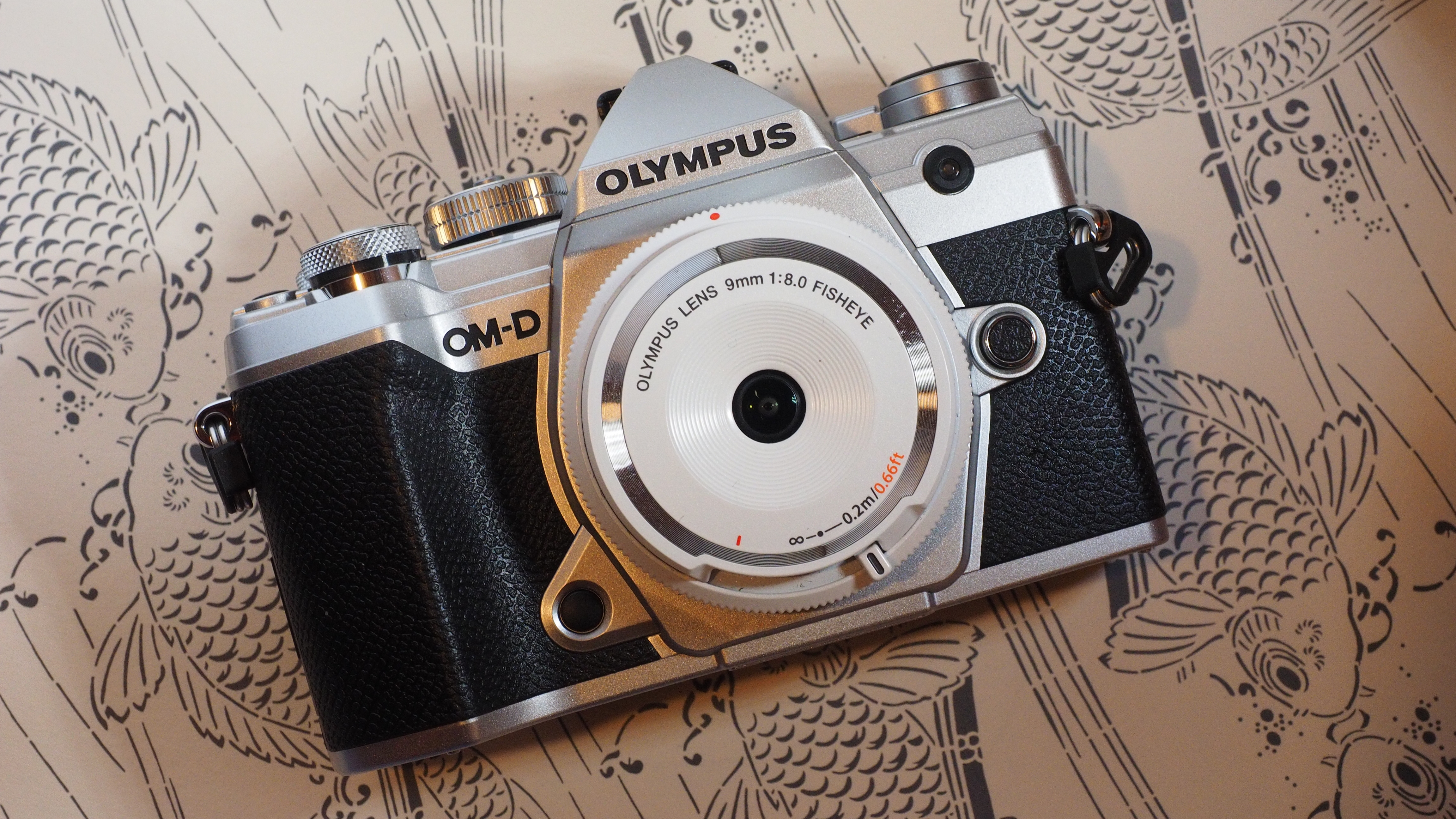
The best cheap lenses prove that you don't have to spend mega-bucks in order to create fantastic images. After all, not everyone has a huge budget to spend on their photography, and manufacturers know it. So, whatever camera system you're using, you can be confident that there will be a good cheap lens out there for you – it's just a matter of finding it. And that's where I come in.
It does take some navigating – some lenses are cheap for a reason, some are famous for offering great value, and some are hidden gems that don't get as much press as they should. While cheap lenses will never rival the expensive ones for optical quality, they can still be effective designs, and what's more, they tend to be considerably more lightweight, making them ideal for travel (which makes sense anyway, as you'll be a lot less heartbroken if you drop or lose a cheap lens).
The best cheap lenses tend to be primes, and that's what we've focused on for this guide. Affordable zooms are out there, but cheap primes will offer considerably better optical quality and faster maximum apertures, giving you more creative freedom and opening up possibilities. Cheap lenses have a reputation for being plasticky, rather than the rugged metal build that's associated with pro optics. But, well, that's why they're cheap. Just be careful with them.
With that in mined, here's a choice selection of the best cheap lenses that add value to your camera outfit – and definitely with the emphasis on value! I've picked out lenses for all the major camera systems, so whatever model you use, there should be a cheap lens or two here to tempt you.
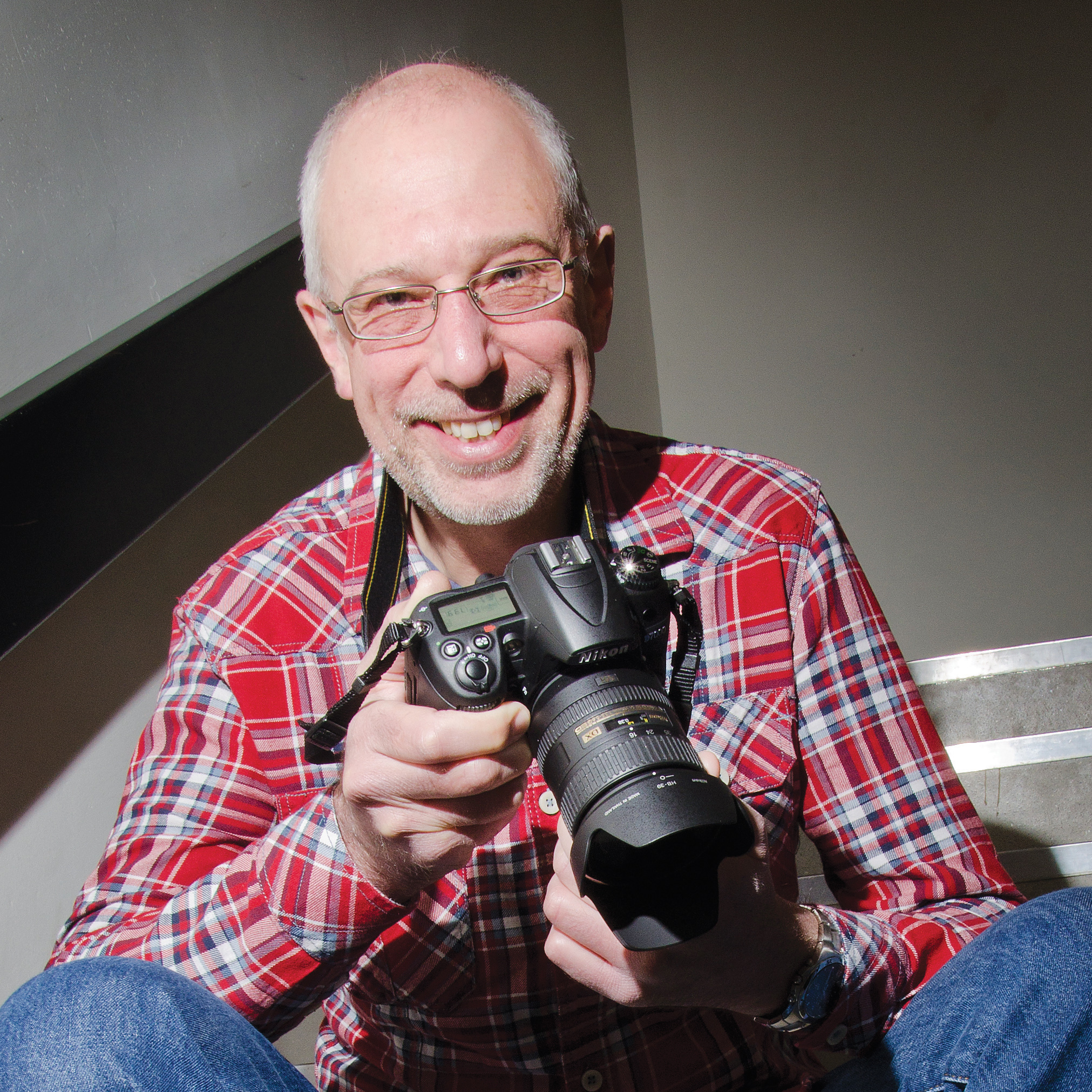
We all like a bargain, and no one more so than Digital Camera World's chief lens reviewer Matthew, who is your guide to the best-value glass that hits the sweet spot of quality and price.
The Quick List
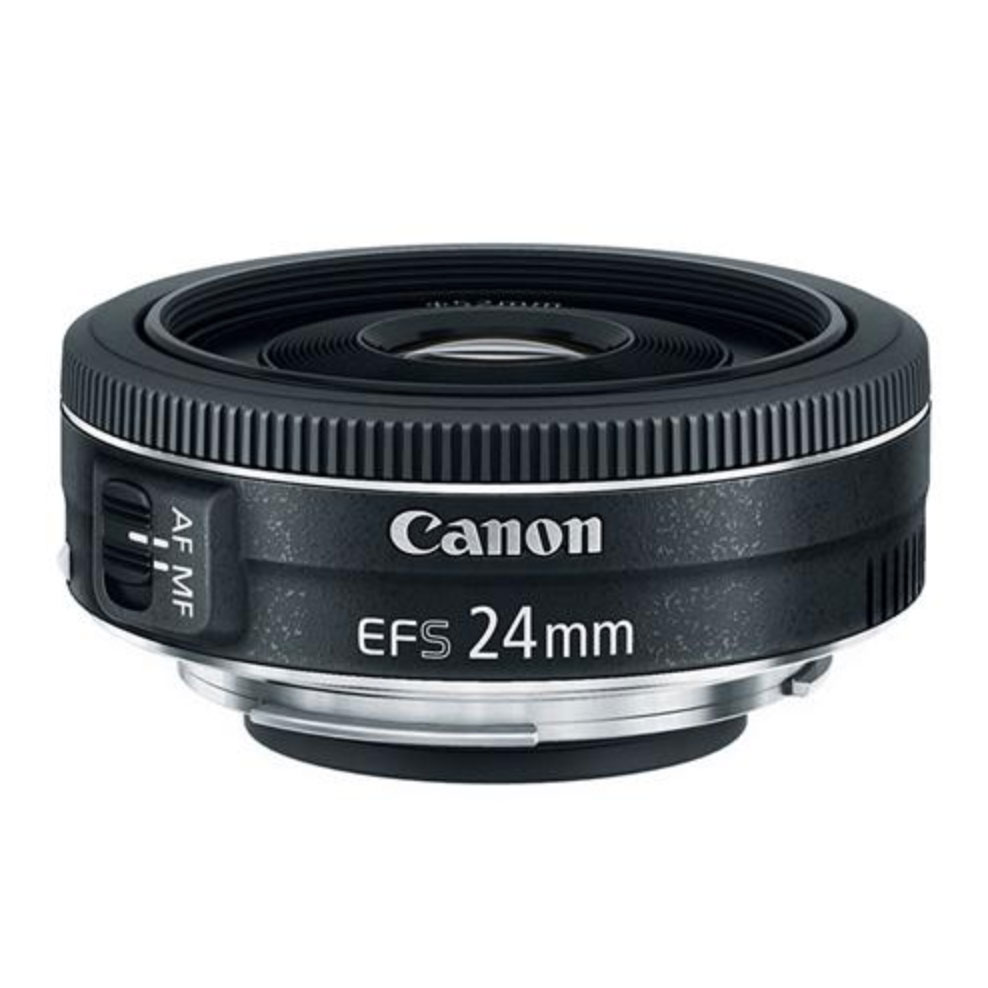
This tiny DSLR lens comes with a tiny price, but it's actually rather good
Read more below…
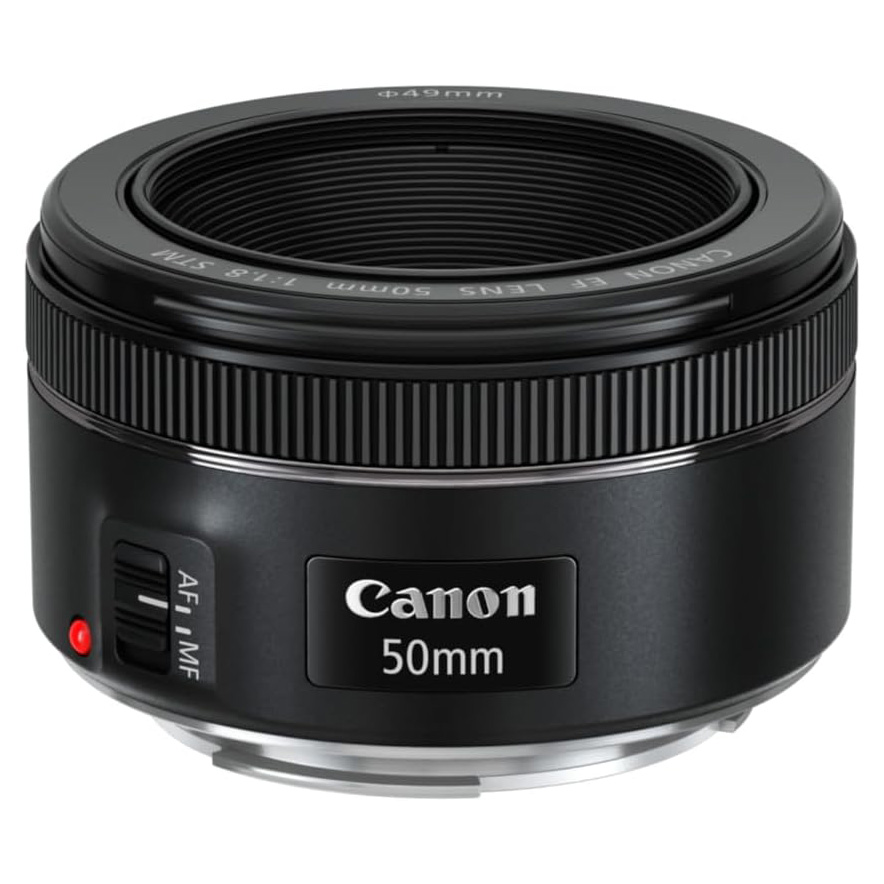
A thrifty fifty that actually outperforms Canon's pricier 50mm f/1.4
Read more below…
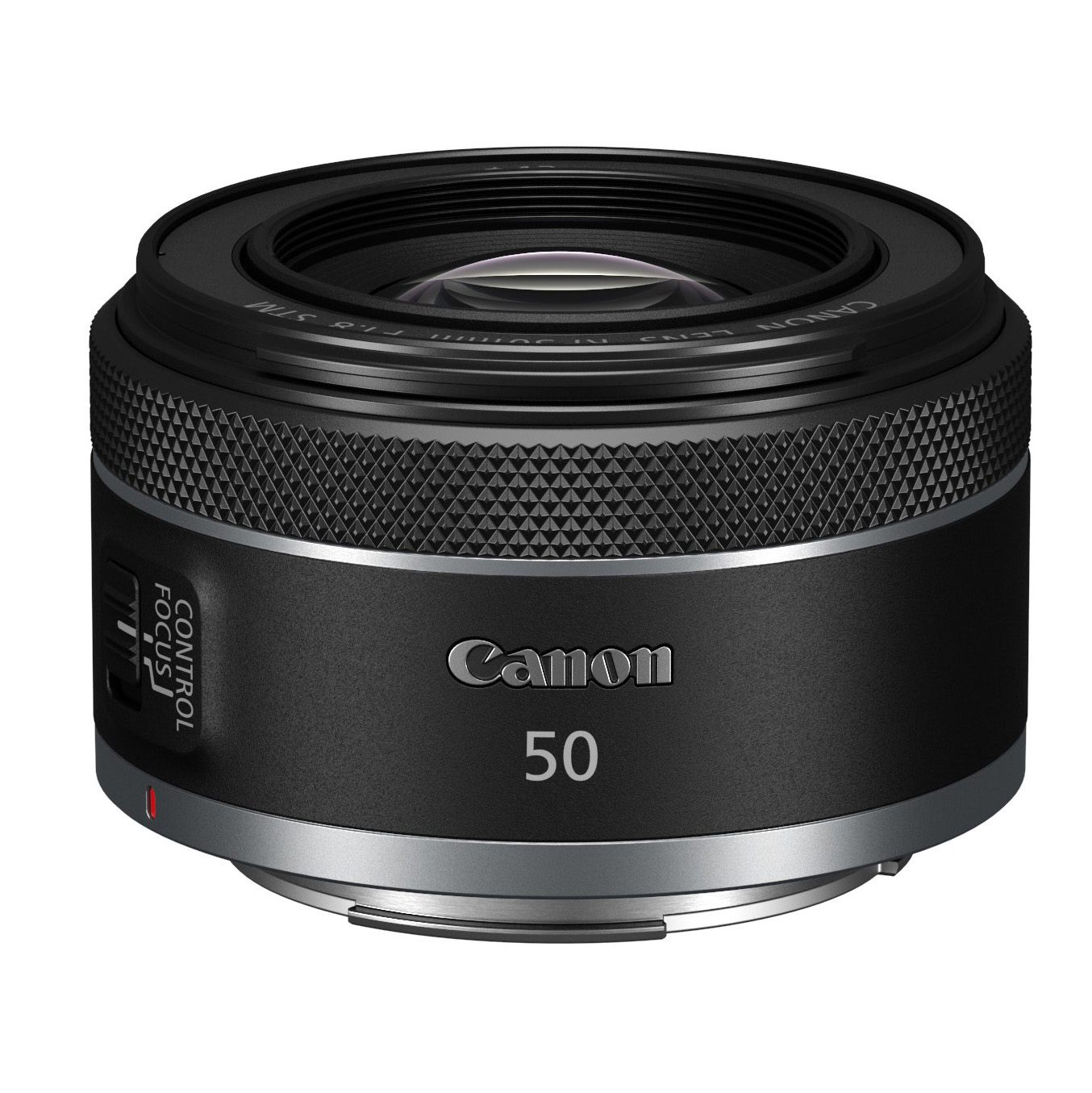
Not a standard zoom, but even better in many ways
Read more below…
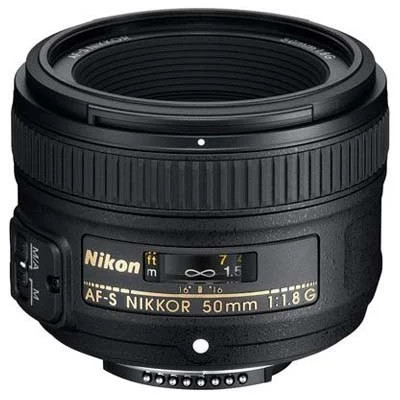
A bargain full-frame 50mm prime lens for Nikon DSLRs
Read more below…
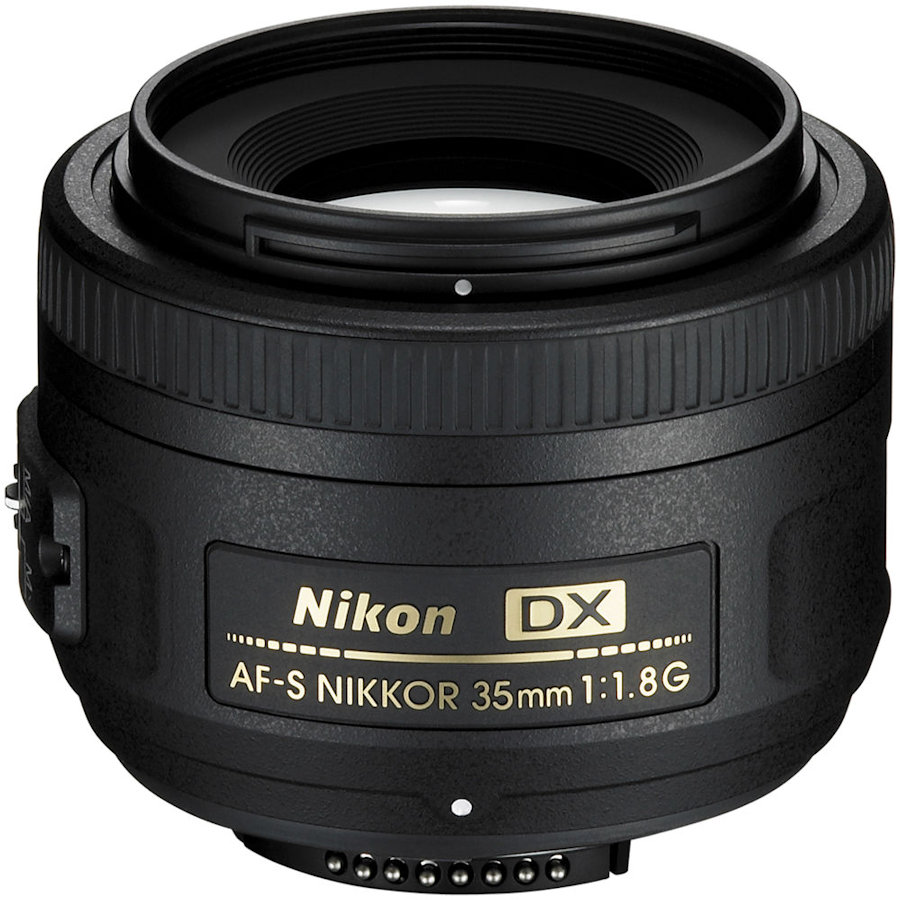
An ultra-compact standard prime lens for APS-C Nikon DSLRs
Read more below…

Fast and light, Sony's 50mm is great for full-frame and APS-C
Read more below…
Load the next products ↴
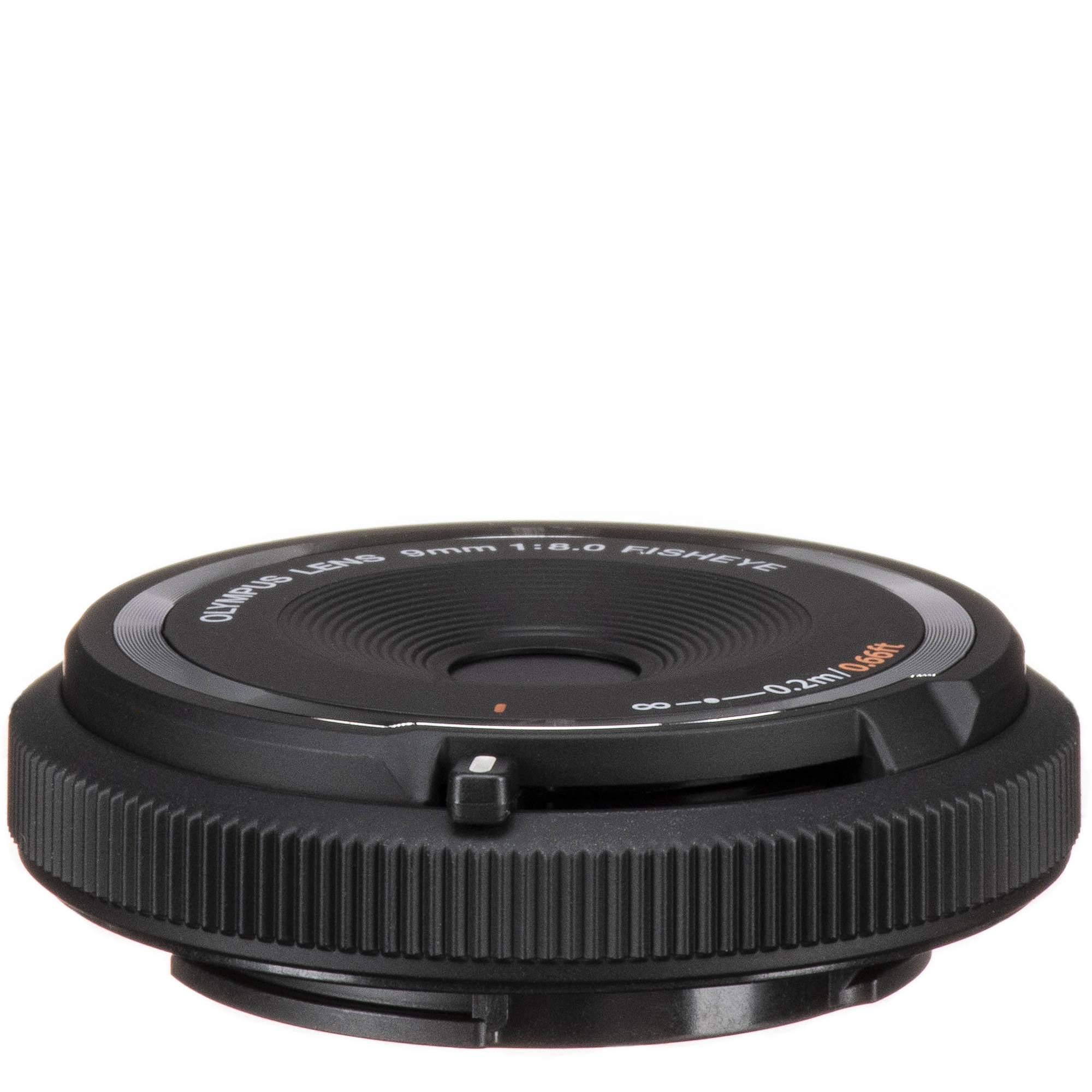
Flatter than a pancake, and great fun to use
Read more below…
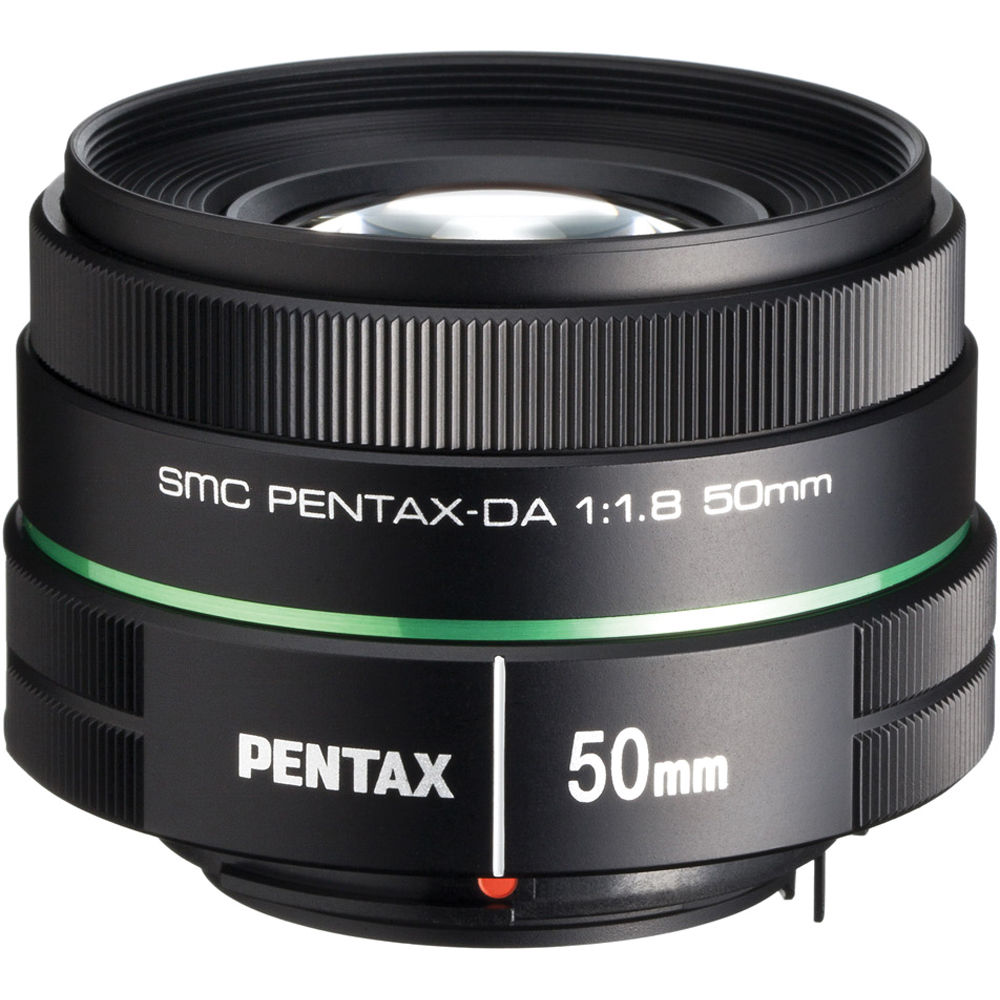
A great value prime for Pentax DSLRs, though with noisy autofocus
Read more below…
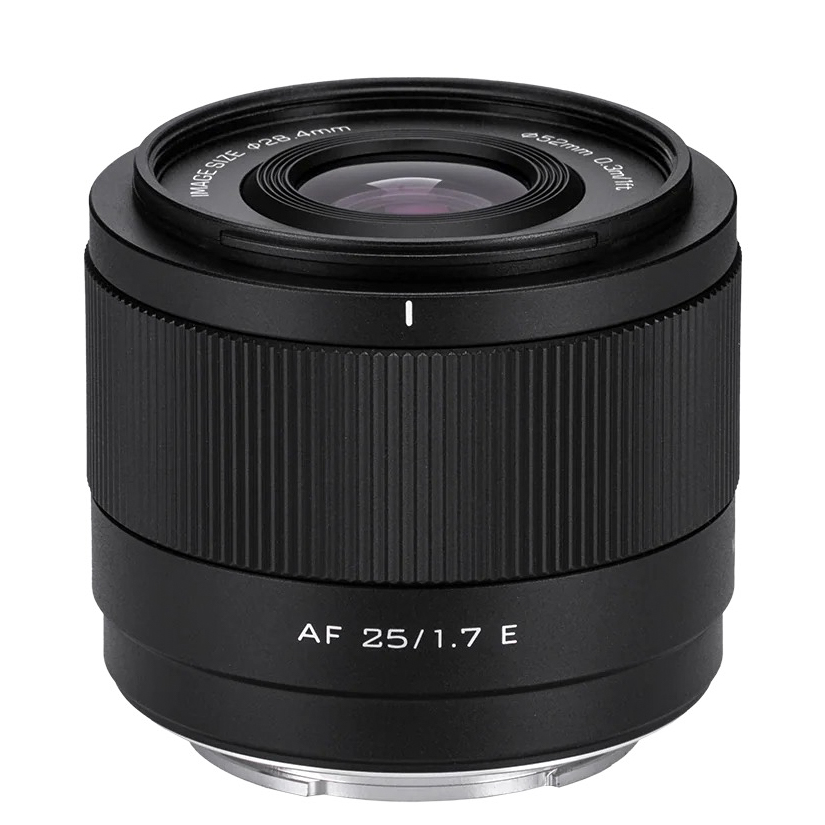
A great value prime for crop-sensor Fujifilm, Nikon and Sony mirrorless cameras
Read more below…
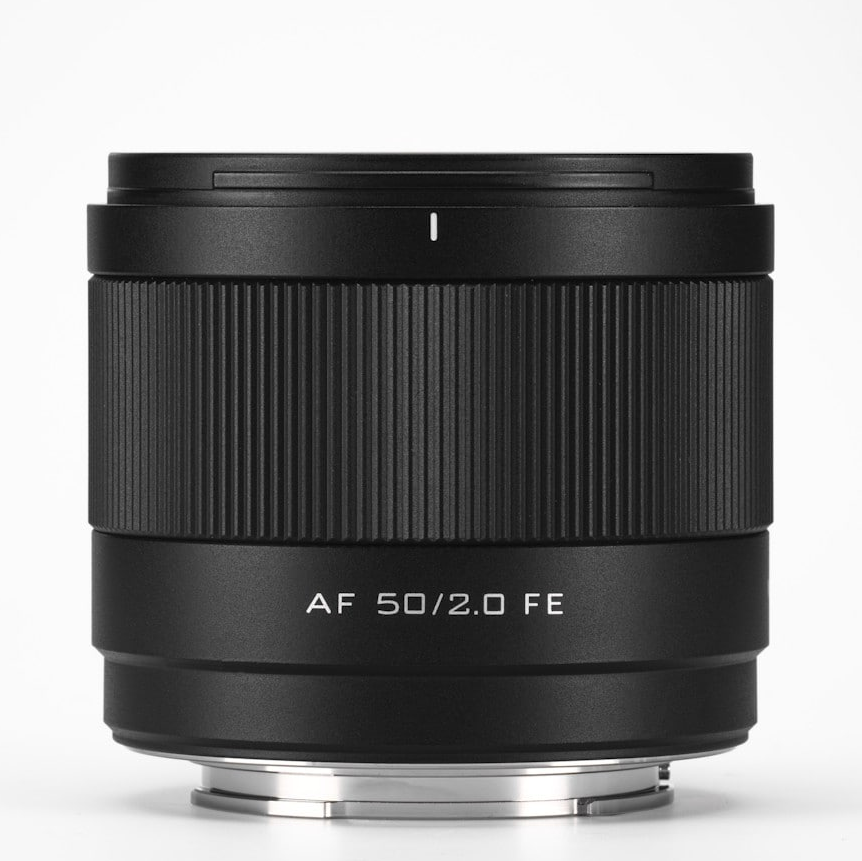
A compact and lightweight budget nifty fifty that doesn't sacrifice performance
Read more below…
The best cheap lenses
Why you can trust Digital Camera World
Best for Canon EF-S DSLRs
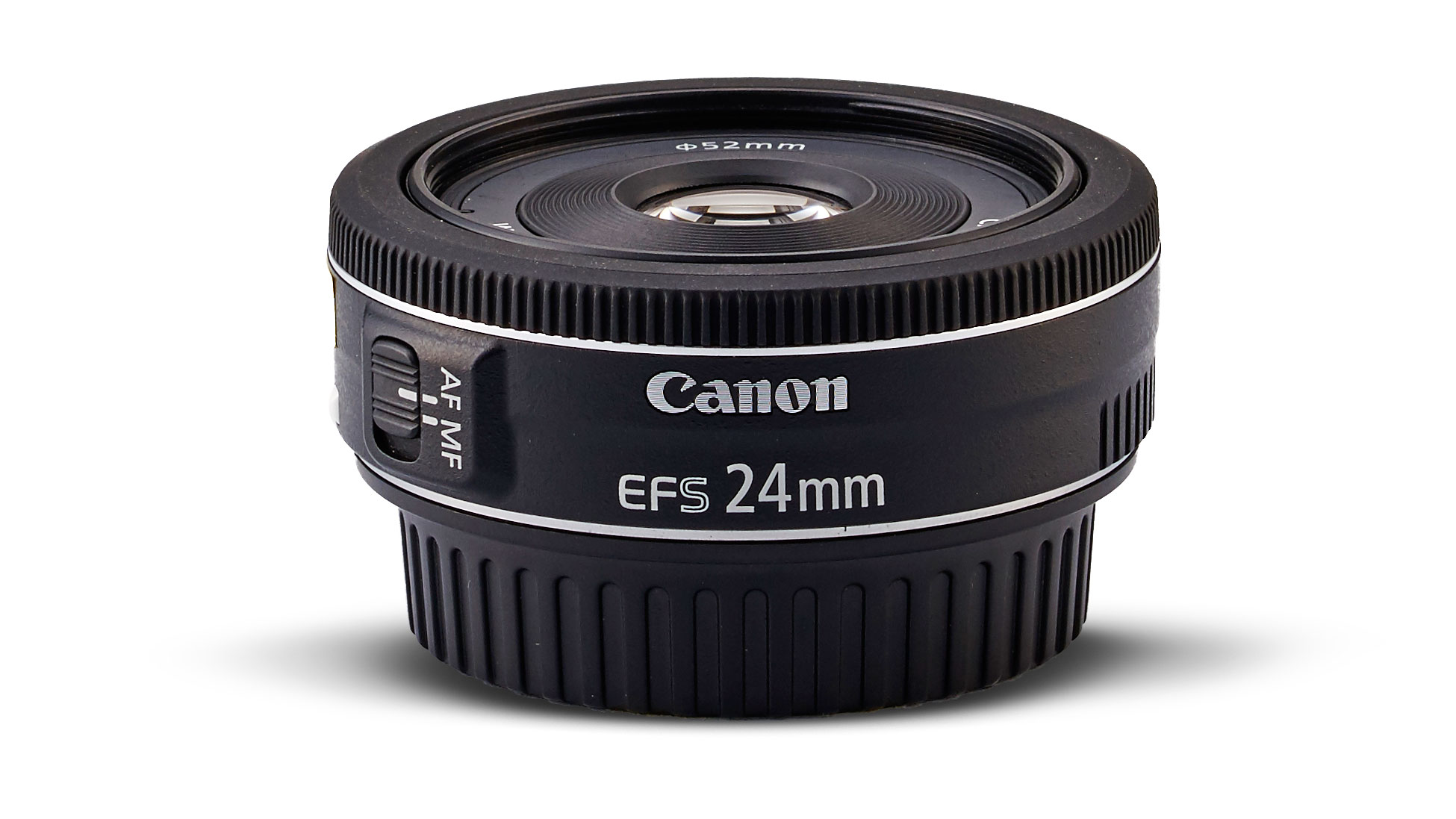
Specifications
Reasons to buy
Reasons to avoid
The Canon EF-S 24mm f/2.8 STM is so incredibly thin and lightweight that they call it a "pancake," and for good reason – it’s barely larger than a body cap. The 24mm focal length on an APS-C sensor gives an effective field of view of about 38mm, which I find to be a wonderfully versatile, natural perspective, perfect for capturing scenes without the distortion of a true wide-angle or the compression of a telephoto lens. For me, it's the ideal storytelling lens.
What really seals the deal is the performance. The image quality truly punches above its weight. I was amazed by the sharpness across the frame, especially when stopped down to f/4. Even wide open, the center is impressively sharp. Yes, there's some noticeable vignetting and barrel distortion at f/2.8, but these are minor issues that can be easily fixed in post-processing.
The small build means the STM autofocus is gear-type rather than linear, which is quite audible and not particularly quick in operation, but gets the job done. The more important thing is image quality, and that is very good indeed, making you wonder why some prime lenses need to be quite so big. For its incredibly low price, this lens is a must-have. It delivers excellent image quality in a package so compact it redefines portability for a DSLR user.
Read more: Canon EF-S 24mm f/2.8 STM review
Best for Canon EF DSLRs
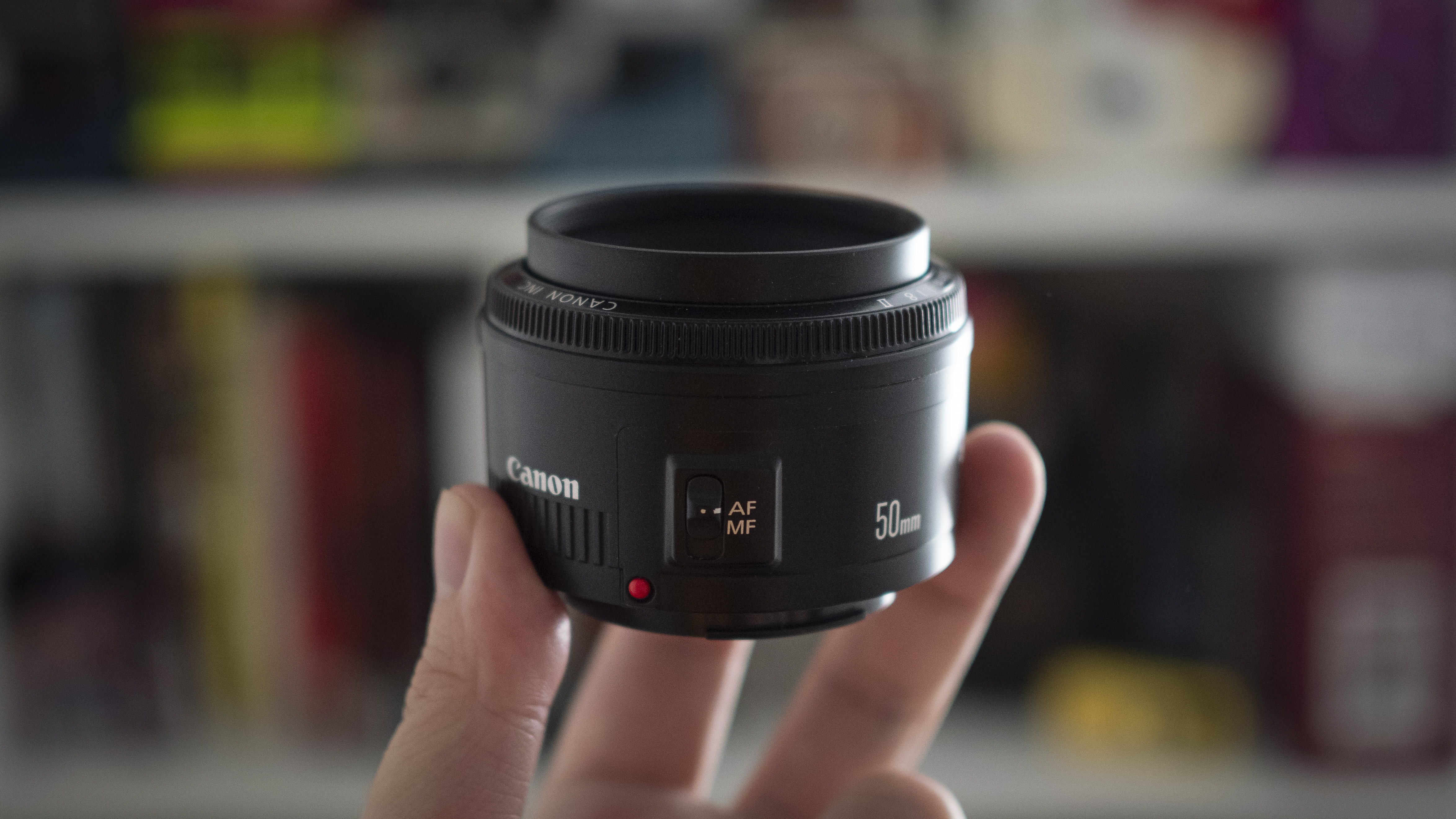
Specifications
Reasons to buy
Reasons to avoid
I've had my hands on many lenses over the years, but the EF 50mm f/1.8 STM holds a special place in my camera bag. Replacing Canon's older (non-STM) 50mm f/1.8, this updated version takes everything good about the original and makes it so much better. The Stepping Motor (STM) technology is a game-changer. It's not just fast and accurate for stills, but it's also incredibly smooth and nearly silent, which is a massive advantage for shooting video. It's a huge leap forward from the noisy motor of its predecessor and, in my experience, even more reliable than the autofocus on the much pricier EF 50mm f/1.4 USM.
Optically, this lens is a stellar performer for its price. I found the sharpness to be excellent, especially in that wide-open f/1.8 to f/2.8 range where you want to shoot most of the time to get that beautiful background blur. The bokeh it produces is very pleasing, creating a soft, professional look that makes subjects pop. It also handles color fringing and distortion much better than older models.
At just 160g, it’s so lightweight that I can carry it with me all day without even noticing. For its combination of solid build, fantastic optical quality, and modern autofocus, this lens offers unbeatable value. It's the perfect prime for portraits, low-light situations, and everyday shooting.
Read more: Canon EF 50mm f/1.8 STM review
Best for Canon RF mirrorless
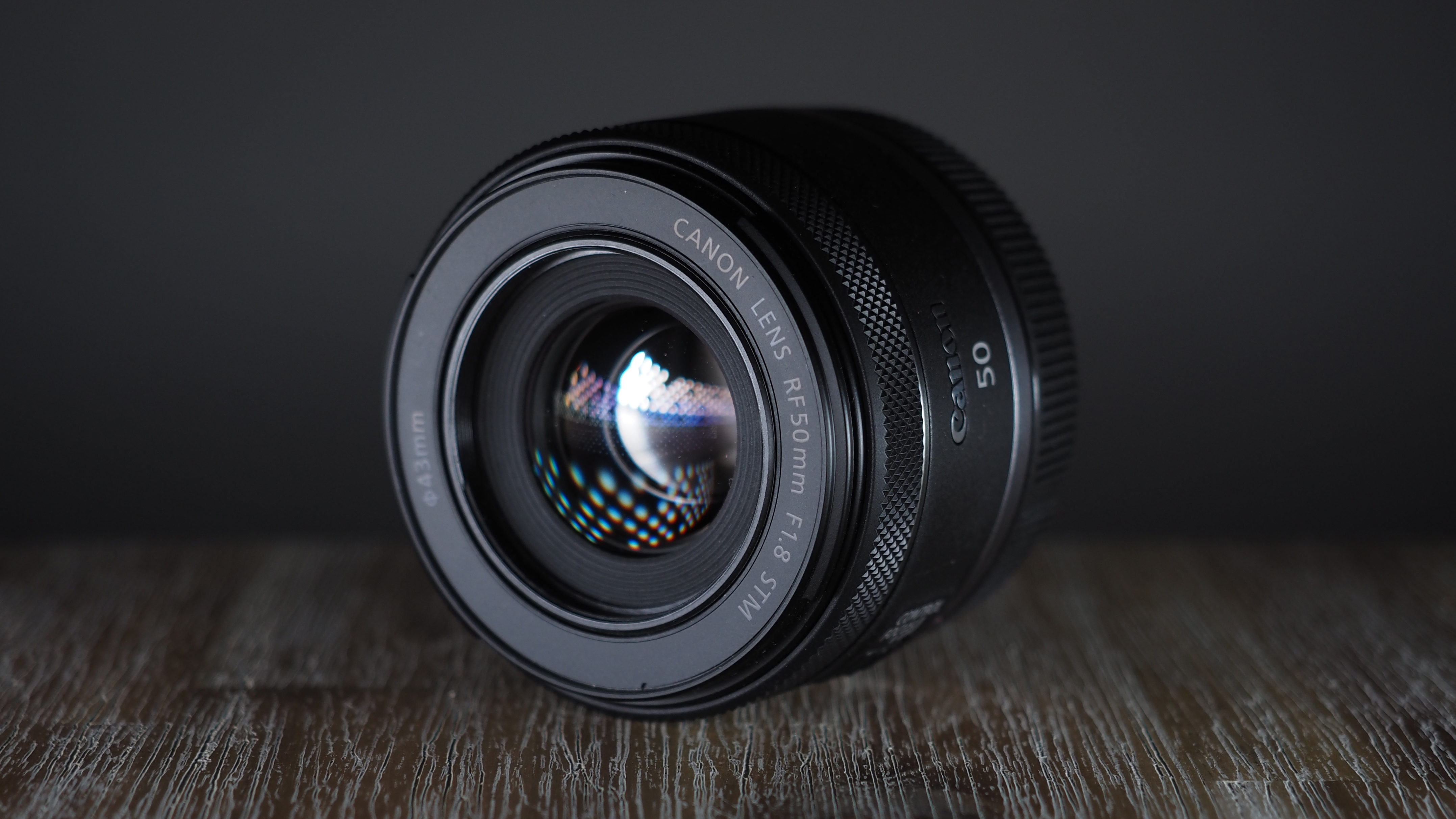
Specifications
Reasons to buy
Reasons to avoid
Most Canon RF-mount lenses are far from cheap, but the RF 50mm f/1.8 STM is a rare exception. It costs a fraction of the price of Canon's stunning RF 50mm f/1.2L USM, and while it is a little slower, an f/1.8 aperture will still deliver nicely defocused backgrounds.
The first thing that strikes you about the lens is its size. It is incredibly small and weighs just 160g, making it truly pocket-sized. This is a lens you can take anywhere without a second thought, transforming even a larger R-series body into a much more compact and discreet setup. For its price, you might not expect world-beating performance, but this is where the RF 50mm f/1.8 truly surprised me. The image quality is impressive. The sharpness is excellent, and it delivers beautiful results that, in some situations, can honestly stand up against lenses costing ten times as much.
The f/1.8 aperture is fantastic for shooting in low light, allowing the ISO to be kept down while still getting clean shots. It also creates that lovely background blur that makes subjects pop. What's more, the stepping motor (STM) is a game-changer for a lens at this price point. It’s quick to lock focus for stills and operates smoothly and silently, which is a massive advantage when shooting video. For its combination of price, portability, and performance, this lens isn't just a bargain; it's a necessity.
Read more: Canon RF 50mm f/1.8 STM review
Best for Nikon FX DSLRs
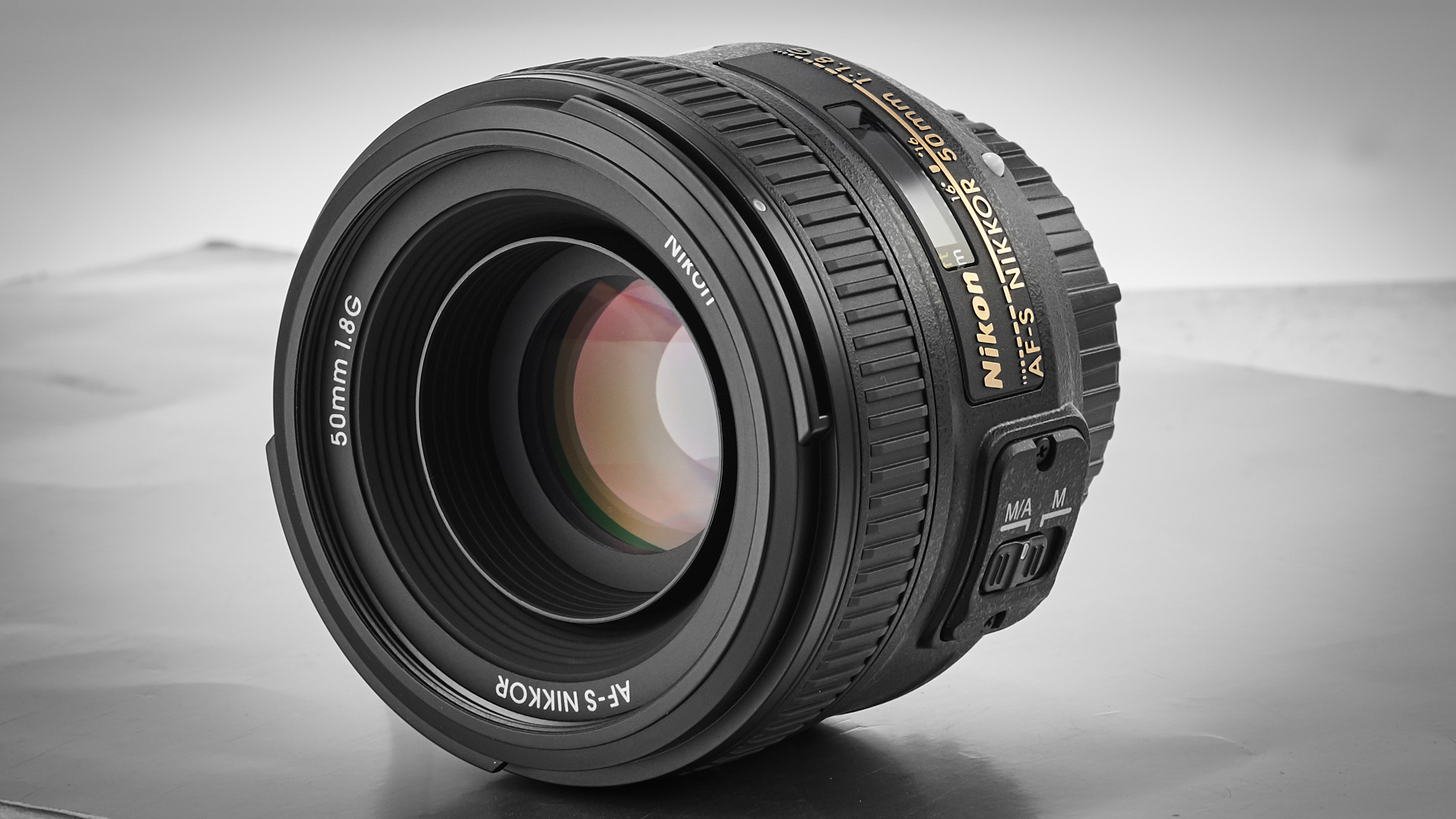
Specifications
Reasons to buy
Reasons to avoid
The Nikon AF-S 50mm f/1.8G is a truly classic "nifty fifty" that holds strong appeal for a wide range of Nikon DSLR shooters. Whether mounted on a full-frame (FX) camera for a standard field of view or on an APS-C (DX) body where it acts as a brilliant short telephoto for portraits, it consistently proved its worth. For its modest price, it’s packed with features.
The ring-type ultrasonic autofocus system is quick, quiet, and reliable, making the shooting experience smooth and efficient. I was pleased to find a weather-seal ring on the metal mounting plate – a thoughtful touch that adds a layer of durability and confidence when shooting in less-than-perfect conditions. The build quality, for a budget-friendly prime, feels solid and dependable.
When it comes to image quality, this lens delivers very good results. The center of the frame is impressively sharp, even when shooting wide open at f/1.8. The Super Integrated Coating does an excellent job of minimizing ghosting and flare, allowing shooting towards challenging light sources without too much worry. My only real critique is the sharpness towards the edges and corners of the frame. When shooting at wider apertures, there is a noticeable softness in the corners, though it improves significantly when stopped down. Despite this, considering its excellent all-around performance and versatility on both FX and DX formats, this lens offers fantastic value and is a smart investment for any Nikon photographer looking for a fast and reliable prime.
Read more: Nikon AF-S 50mm f/1.8G review
Best for Nikon DX DSLRs
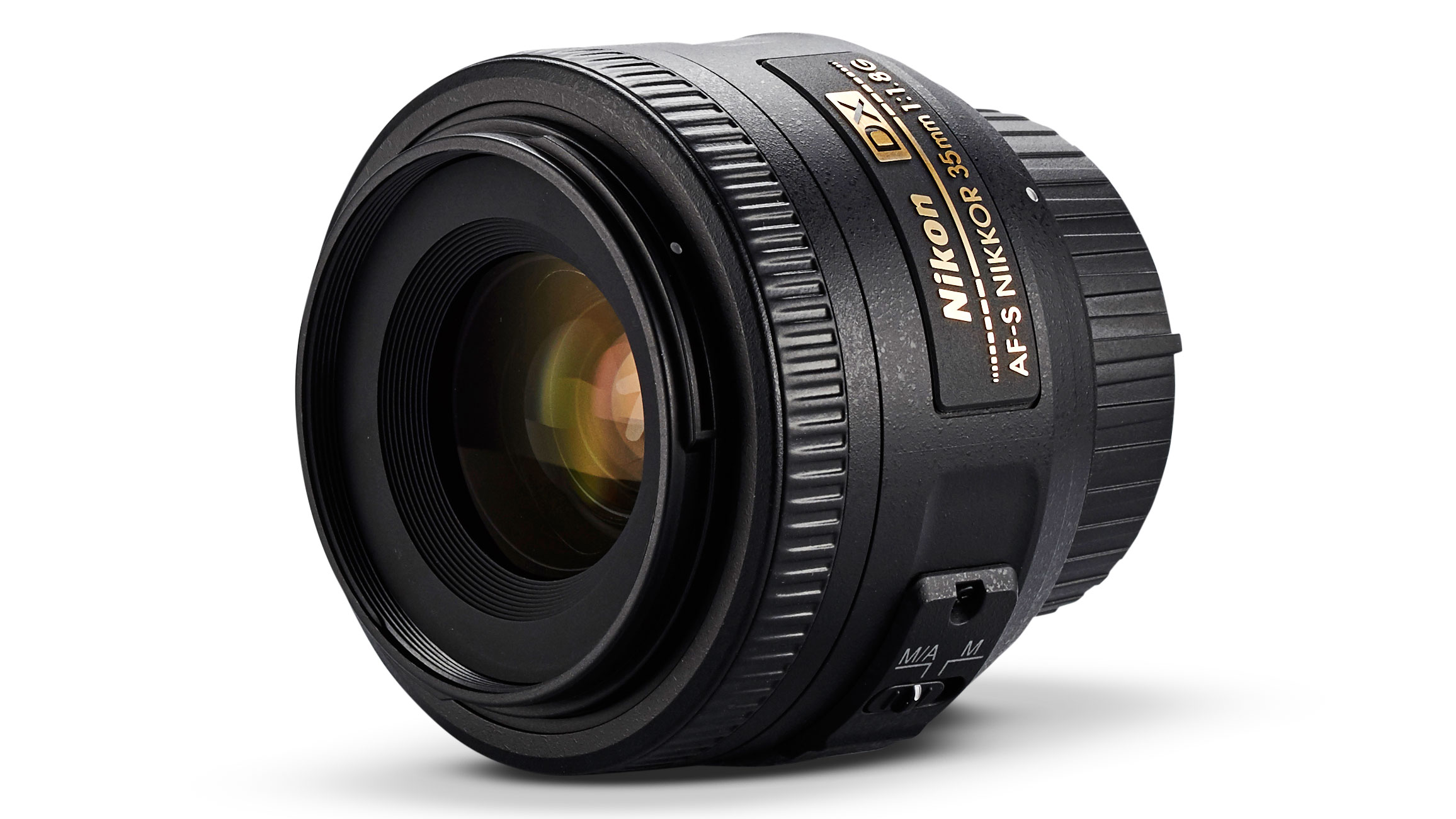
Specifications
Reasons to buy
Reasons to avoid
The AF-S DX 35mm f/1.8G is like a "nifty fifty" for Nikon APS-C sensor cameras. The 35mm focal length on a DX body provides an effective 52.5mm field of view, which feels incredibly natural and versatile and is perfect for everything from street photography and portraits to general everyday shooting. It’s a lens that encourages you to see the world from a classic, standard perspective.
I love its compact size and light weight. It barely adds any bulk to my camera, making it a joy to carry around all day. Despite its very reasonable price, the handling feels good, and it includes a feature I truly appreciate: a ring-type ultrasonic autofocus system. This makes the autofocus performance pretty quick and quiet, and it's a definite step up from what you might expect in a lens this affordable. I also like that it offers full-time manual override, enabling fine-tuning of focus without flipping any switches.
In terms of performance, this lens delivers impressive results where it counts. I found the sharpness across the center of the frame to be very good, especially when I stopped down to f/2.8. While it's a bit soft wide open at f/1.8, particularly towards the corners, it's more than capable for most situations. My main critique is that the bokeh, or the quality of the background blur, isn't the smoothest I've ever seen. However, considering its fantastic price point and the excellent overall image quality and performance, I can easily overlook its minor flaws. It's a lens I wholeheartedly recommend to every Nikon DX shooter.
Read more: Nikon AF-S DX 35mm f/1.8G review
Best for Sony E-mount

Specifications
Reasons to buy
Reasons to avoid
Every brand should have its own affordable nifty-fifty, and Sony is no exception – though its Sony FE 50mm f1.8 Lens was a little more expensive out of the gate than Canon or Nikon's offerings, prices have come down over the years and these days it can be picked up quite reasonably. Compatible with Sony's full-frame and APS-C mirrorless cameras, the lens is a good all-purpose prime, with an f/1.8 maximum aperture that means it acquits itself well in low-light.
The autofocus is a little disappointing. It's a little slow for one, and noticeably noisy for two. Neither of these issues are bad enough to be ruinous, but are worth being aware of before you plunge, especially since the lens is still generally a touch more expensive than comparable lenses from other systems.
Read more: Sony FE 50mm f/1.8 review
Best for Micro Four Thirds

Specifications
Reasons to buy
Reasons to avoid
The Olympus Fisheye Body Cap 9mm f/8 is one of the most unusual pieces of gear I've ever used, and it's a whole lot of fun. The concept is brilliant – a lens that’s so slim, at just half an inch thick, that it effectively replaces your camera’s body cap, so you have a creative fisheye option with you at all times, without taking up any real space in the camera bag. It's a "lens" in the most playful sense of the word.
Shooting with it is a super-simple affair. There are no complex settings to worry about; it has a fixed f/8 aperture and a tiny lever for manual focusing. It’s all about embracing the unique, distorted perspective. The 140-degree viewing angle gives you that extravagant fisheye look, perfect for creating funky, eye-catching images. It’s not quite the 180-degree view of a dedicated fisheye, so the effect is slightly more restrained, but it definitely provides a genuinely different perspective that can reignite your creativity.
Now, to be clear: this isn't a substitute for a high-end fisheye lens like Olympus's 8mm f/1.8 PRO. Sharpness is pretty reasonable in the center of the frame, but it does get quite soft towards the edges, and I noticed some significant color fringing in high-contrast areas near the corners. For its incredibly low price, this body cap lens is a fantastic and fun accessory. It’s a wonderful "toy lens" that encourages you to play with photography and capture the world in a wonderfully distorted way.
Read more: Olympus Fisheye Body Cap 9mm f/8 review
Best for Pentax
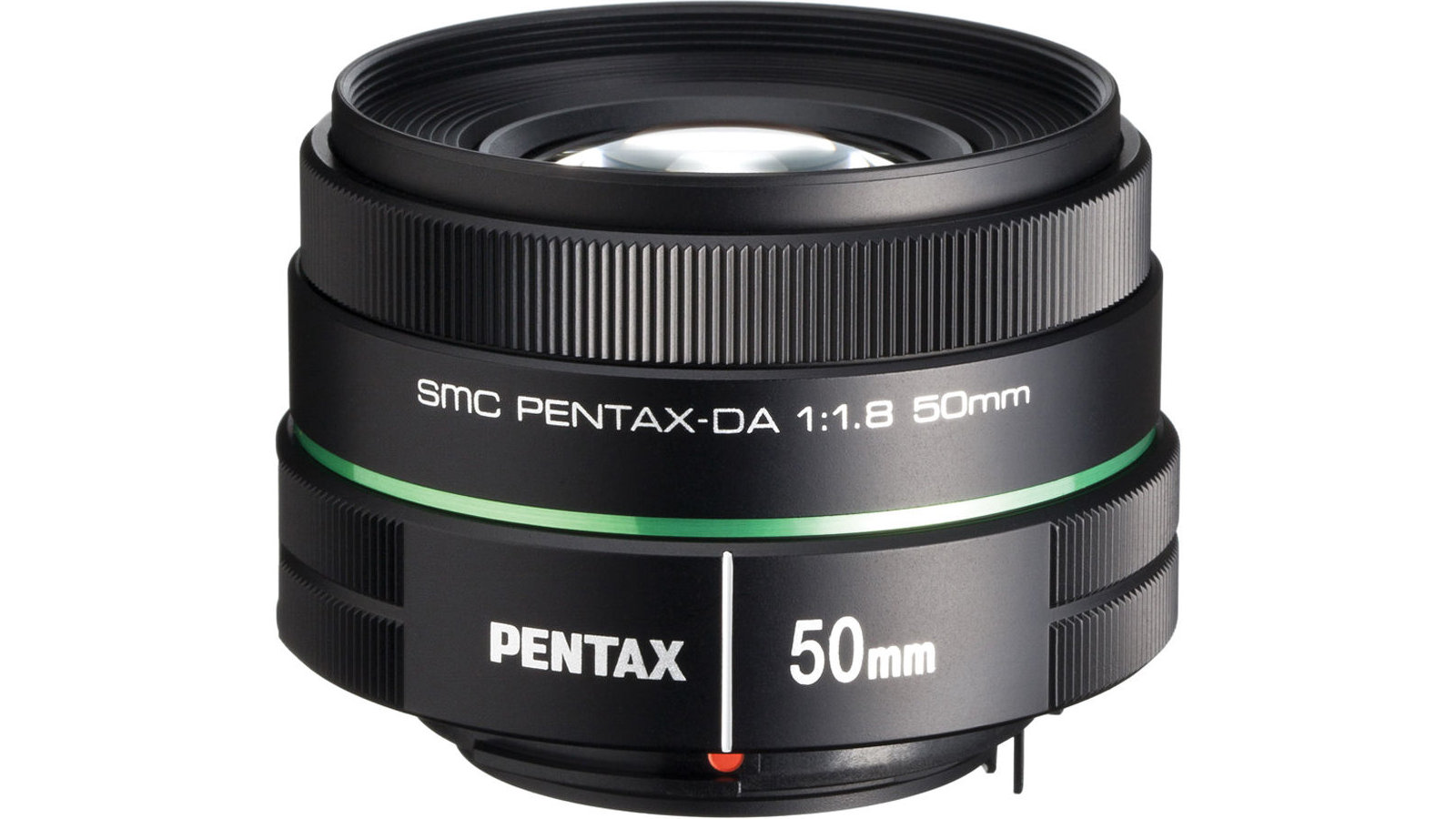
Specifications
Reasons to buy
Reasons to avoid
While it may have a typical 50mm standard prime focal length, the Pentax SMC DA 50mm f/1.8 is designed exclusively for use with APS-C format SLRs, giving an effective focal length of 76.5mm. This is a fantastic perspective for isolating subjects and creating flattering portraits, and the fast f/1.8 aperture is the key to achieving that beautifully blurred background.
Incredibly small and light at only 122g, it's a lens that can be carried around all day without a second thought. The build is admittedly basic: the plastic mount and lack of a supplied hood are clear indicators of its budget-friendly nature. It also relies on the camera's internal screw-drive motor for autofocus. While this makes focusing reasonably fast, it’s quite noisy compared to modern lenses with silent motors.
When it comes to image quality, however, this lens truly punches above its weight. I found the bokeh, or the quality of the out-of-focus areas, to be pleasantly smooth and soft, which is exactly what I want for portrait work. While the sharpness is best when stopped down to around f/4, I find the relative softness at f/1.8 can be quite flattering for portraits, hiding minor blemishes and creating a gentler look. For the refreshingly affordable price, the optical performance is excellent. It's a compact, no-frills lens that delivers where it counts, and I consider it an essential and affordable prime for any Pentax portrait photographer.
Read more: Pentax smc DA 50mm f/1.8 review
Best third-party APS-C lens

Specifications
Reasons to buy
Reasons to avoid
The Viltrox AF 25mm f/1.7 Air lens is a cheap and cheerful prime lens designed for APS-C format mirrorless cameras, on which it has a 37.5mm effective focal length, making it a good choice for street and general wide-angle photography. Its compact size and lightweight build make it convenient to carry around. Despite its unassuming exterior, the image quality it delivers is anything but. I found the Viltrox 25mm to be super sharp, producing images with excellent detail and clarity. It has been constructed with 12 optical elements, including ED (Extra-low Dispersion) and aspherical elements, which really helps in minimizing optical issues like color fringing and distortion.
The autofocus performance is quick and responsive, especially considering that the lens is so affordably priced. It’s designed to be straightforward and easy to use, making it a great option for both beginners looking to explore prime lenses and more experienced photographers who appreciate simplicity and efficiency.
The Viltrox AF 25mm f/1.7 Air punches well above its weight. It’s a testament that you don’t always need to break the bank to get quality optics. If you’re a Fujifilm X, Nikon Z or Sony E APS-C shooter looking for a versatile, sharp, and budget-friendly prime lens, this is a standout performer and offers incredible value for money.
Best third-party full-frame lens
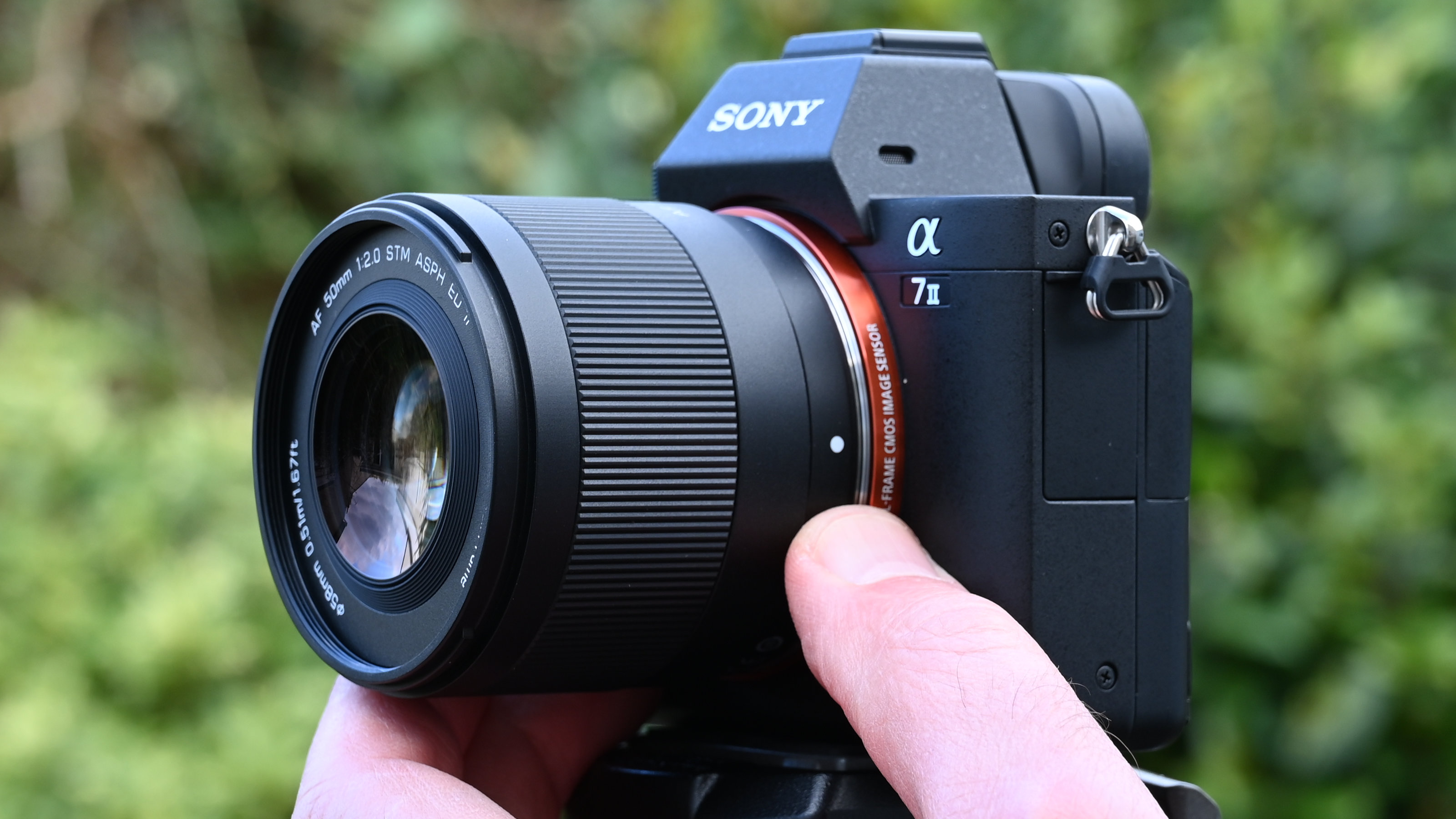
Specifications
Reasons to buy
Reasons to avoid
The Viltrox AF 50mm f/2 Air is a standard 50mm prime for Nikon Z and Sony E-mount full-frame cameras that hits the sweet spot of functionality and affordability. It's a joy to handle, with a compact and lightweight build. The metal mounting plate and gold-plated electronic contacts give it a reassuringly solid feel, and there's a USB-C port for firmware updates.
In terms of performance, the Viltrox 50mm f/2 Air truly shines. I was consistently impressed by the excellent sharpness across the entire frame, even when shooting wide open at f/2. The stepping motor autofocus system is another highlight – it's quick, accurate, and virtually silent, which is perfect for discreet street photography or quiet event settings. I also found that chromatic aberration was a non-issue, with very little color fringing detectable throughout the aperture range. If I were to nitpick, I'd say the bokeh, while pleasant, could be a little smoother.
The design is intentionally simple, so you won't find an AF/MF switch or an aperture control ring on the barrel. But the combination of excellent image quality, reliable performance, and a refreshingly compact design makes this lens an exceptional value for the price. Whether you're using it as a standard prime on a full-frame camera or as a portrait lens on an APS-C body, it delivers impressive results and is a lens I can heartily recommend to photographers of all levels who are looking for a high-performing yet affordable prime.
How we test lenses
We use a mix of both real world sample images and lab tests. When we're able to call lenses in for full-one lab tests, these are carried out scientifically in controlled conditions using the Imatest testing suite, which consists of custom charts and analysis software that measures resolution in line widths/picture height, a measurement widely used in lens and camera testing. We find the combination of lab and real-word testing works best, as each reveals different qualities and characteristics.
More lens buying guides
Whatever kind of lens you're looking for, we have a buying guide to help you make the right choice! Start here…
The best camera lenses to buy
Best lenses by camera
Best Canon lenses
Best Fujifilm lenses
Best Micro Four Thirds lenses
Best Nikon lenses
Best Olympus lenses
Best Panasonic lenses
Best Pentax lenses
Best Sony lenses
Best lenses by type
Best 150-600mm lenses
Best 100-400mm lenses
Best 50mm lenses
Best 70-200mm lenses
Best budget telephoto lenses
Best macro lenses
Best fisheye lenses
Best lenses for astrophotography
Best portrait lenses
Best lens for street photography
Best add-on lenses for smartphones
The best camera deals, reviews, product advice, and unmissable photography news, direct to your inbox!
Matthew Richards is a photographer and journalist who has spent years using and reviewing all manner of photo gear. He is Digital Camera World's principal lens reviewer – and has tested more primes and zooms than most people have had hot dinners!
His expertise with equipment doesn’t end there, though. He is also an encyclopedia when it comes to all manner of cameras, camera holsters and bags, flashguns, tripods and heads, printers, papers and inks, and just about anything imaging-related.
In an earlier life he was a broadcast engineer at the BBC, as well as a former editor of PC Guide.
- Adam WaringGuides Editor

